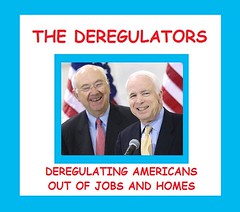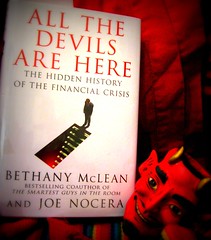Check out these Finance images:
Finance Minister at Young at Heart Exhibition 25 May (L-R) Mary Hall, Ena McKeown and Grace Minnis

Image by Northern Ireland Executive
25/5/11 Mandatory Credit Darren Kidd/Presseye.com
Over £13million rates assistance provided to lone pensioners in Northern Ireland.
Finance Minister Sammy Wilson pictured at the Young at Heart Exhibition with Holywood ladies (L-R) Mary Hall, Ena McKeown and Grace Minnis. Since 2008 over £13 million has been distributed to pensioners by Land and Property Services through the Lone Pensioner Allowance, which entitles persons aged 70 or over who live alone to a 20% discount on their rate bill.
DEPARTMENT OF FINANCE AND PERSONNEL
25 May 2010
Over £13million rates assistance provided to lone pensioners in Northern Ireland
Finance Minister Sammy Wilson has welcomed the take up of almost £13.5million of assistance to pay rates by lone pensioners across Northern Ireland.
£13,488,820 has been distributed to pensioners since April 2008 by Land & Property Services through the Lone Pensioner Allowance, which entitles persons aged 70 or over who live alone to a 20% discount in their rate bill.
Welcoming this, the Minister said: “The Lone Pensioner Allowance is an example of the tangible help that the Executive is providing to one of our most vulnerable groups in society. It is encouraging that nearly 25,000 people have availed of this assistance which I am sure is of particular use in this current economic climate.”
The Minister, who was attending the Young at Heart Exhibition at St George’s Market for retired people in Northern Ireland, encouraged all those who qualify for the assistance to apply.
The Minister continued: “If you are aged 70 or over and are living alone, I urge you to apply for the Lone Pensioner Allowance. If you are eligible you will receive this help irrespective of income or savings because this allowance is not means tested. Therefore you don’t have to tell us about your savings or income when you apply.
“Older people, who do not live alone, may also be eligible for help with paying their rates. I would encourage all older people to check out what help they are entitled to.”
Getting help to pay your rate bill is not exclusive to older people. People on low incomes may be eligible for a reduction in their rates through the Housing Benefit Scheme or Rate Relief Scheme. The Disabled Persons Allowance scheme entitles a household to a 25% reduction in their rates if the property has been suitably adapted or has additional facilities to meet the special needs of a resident disabled person.
Full details of all these reliefs are available at www.nidirect.gov.uk/rates or by telephoning 101 (028 9151 3101). Calls cost 10p.
Notes to editors:
1. Media enquiries only to DFP Communications Office on 028 9052 7374 or 028 9052 7375. Out of office hours please contact the Duty Press Officer via pager number 076 9971 5440 and your call will be returned.
Ciarrai Conlan
Information Officer
Marketing and Communications
Land & Property Services
Queen’s Court
55-66 Upper Queens Street
Belfast
BT1 6FD
Tel: 028 9054 3988 ext 43988
Mobile: 07879557528
Finance Minister Supports Marie Curie Shop Challenge

Image by DUP Photos
Finance Minister Sammy Wilson spurs staff from DFP on as they participate in the Marie Curie Shop Challenge on the Lisburn Road. Pictured (L-R) Martine Faloon, DFP, Jenny Burton, Assistant Manager, Marie Curie Finance Minister and Annette Hutton, DFP
The challenge involved generating extra stock, helping to raise the shop’s profile locally, attracting more customers on the day and ultimately increasing sales and money raised.
Picture taken by: Heather Thompson (DFP) – 27/09/2012













